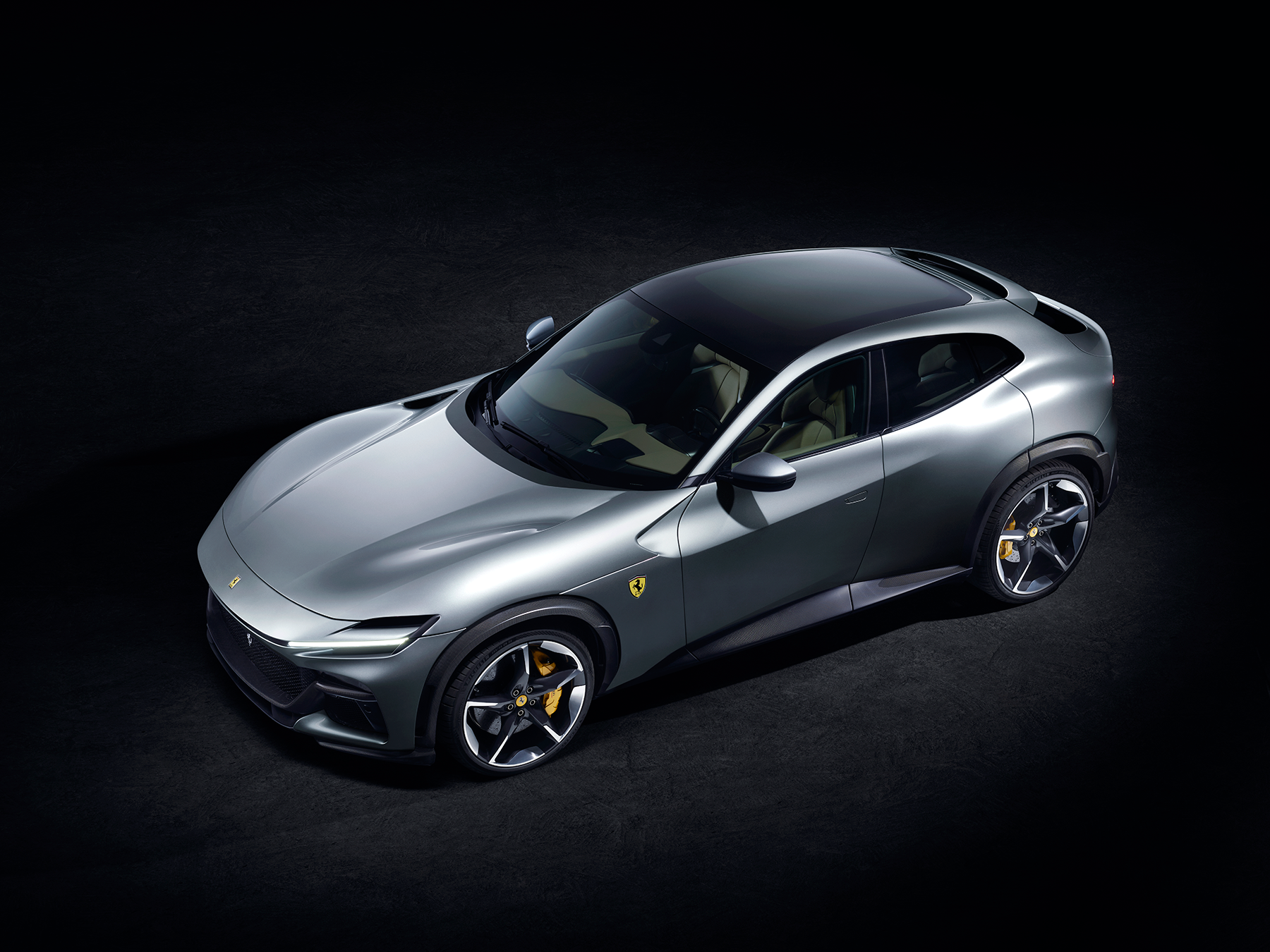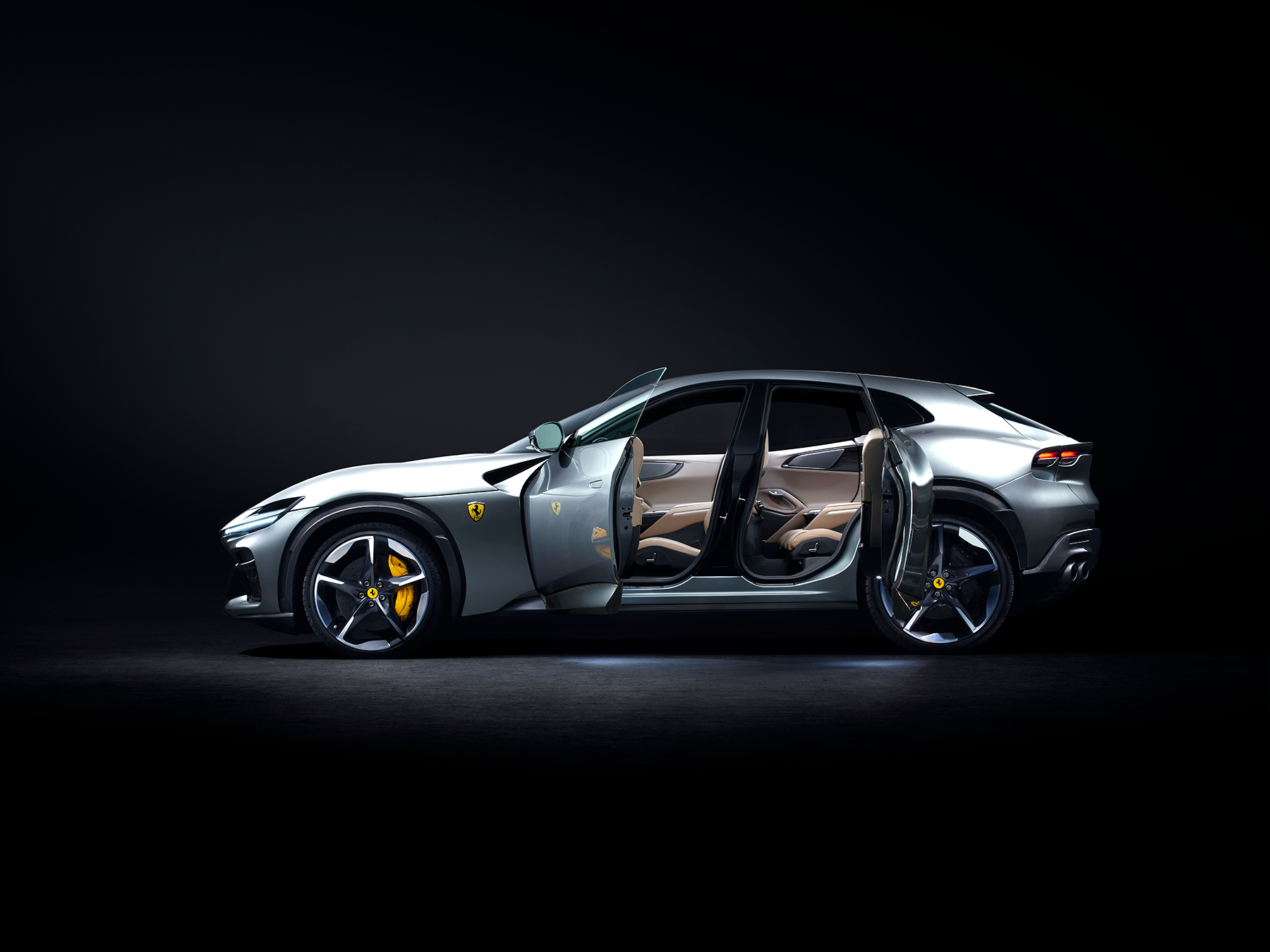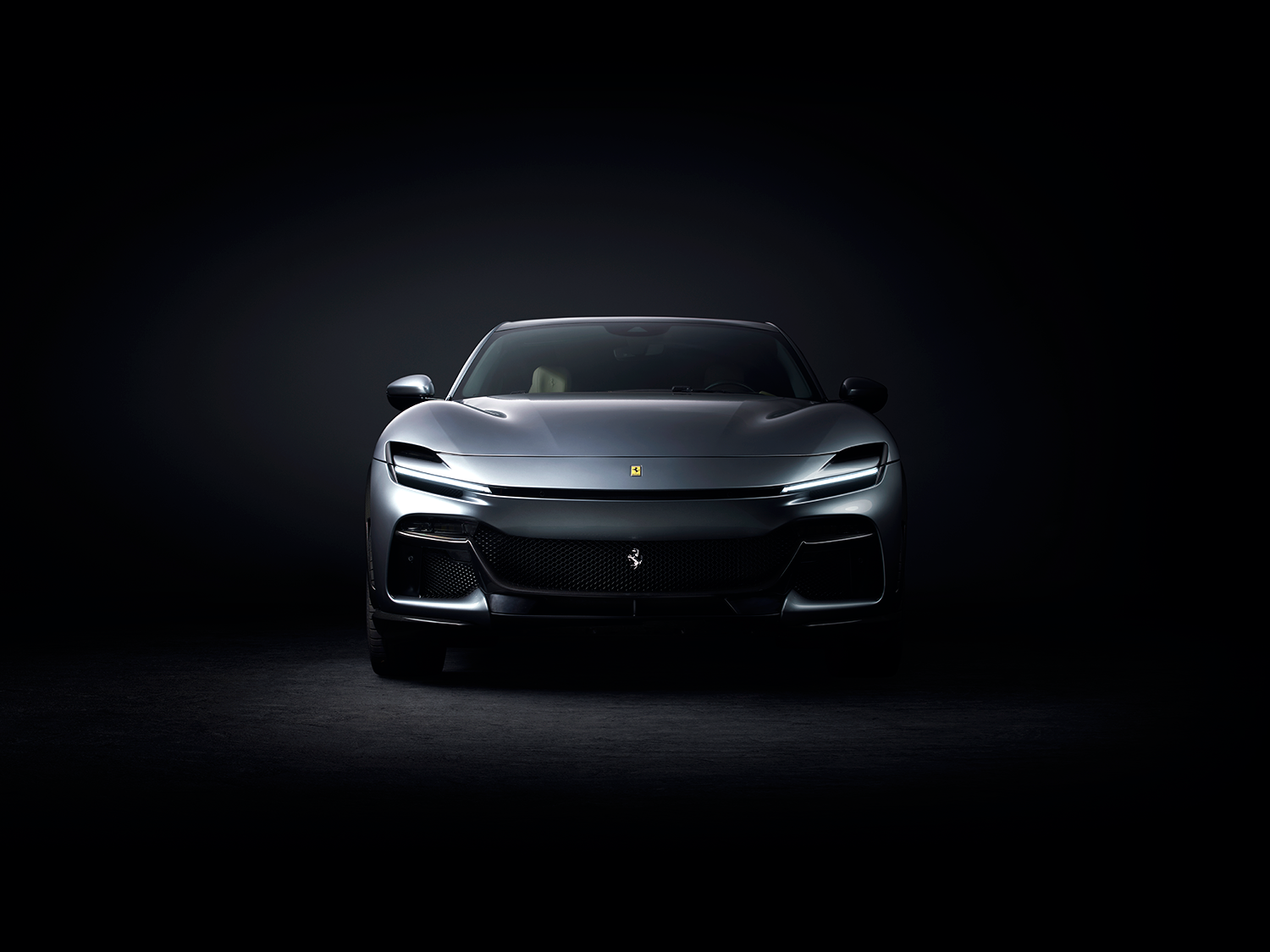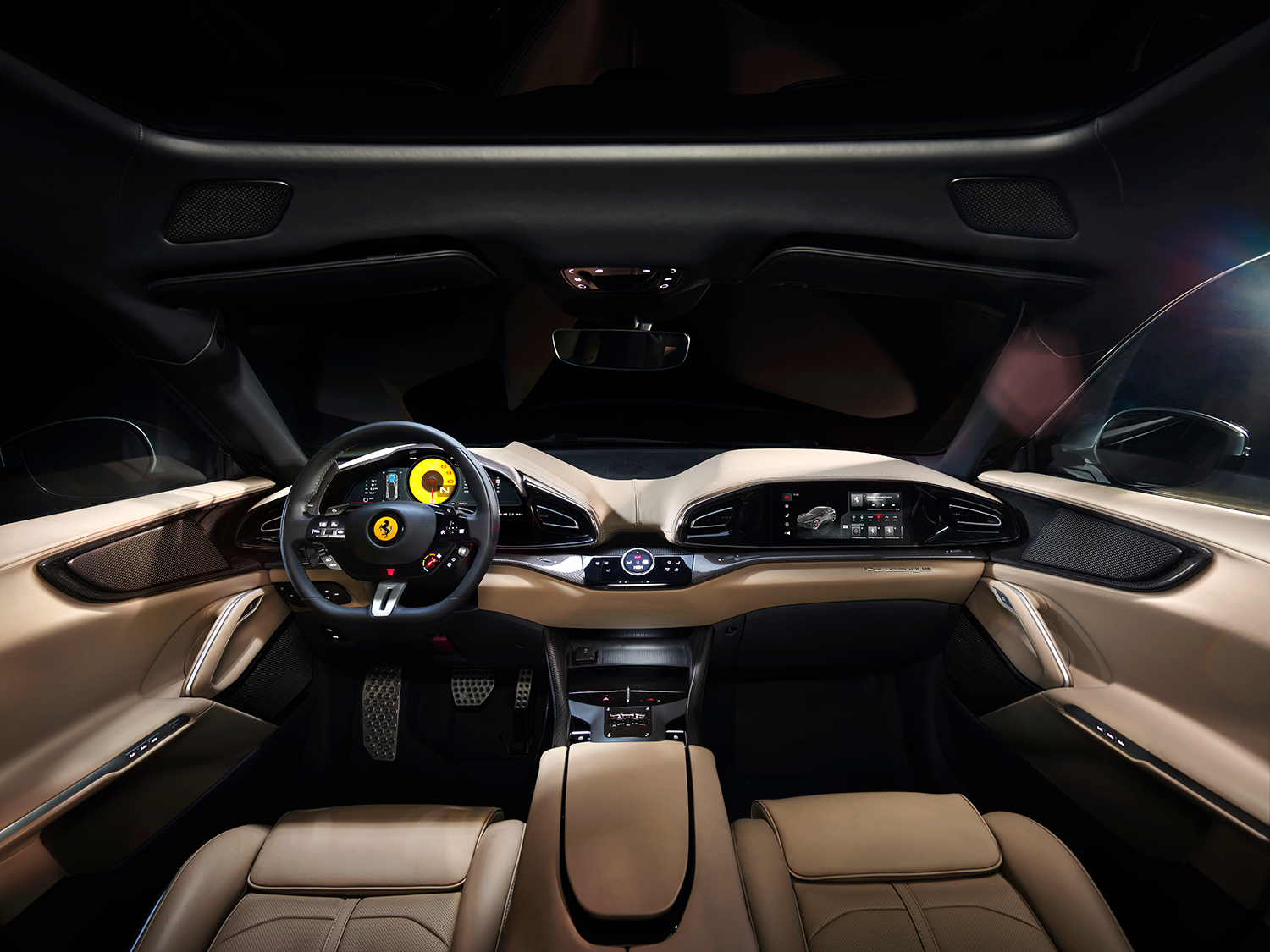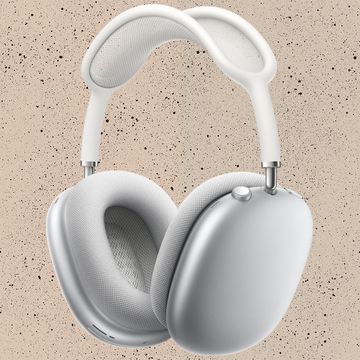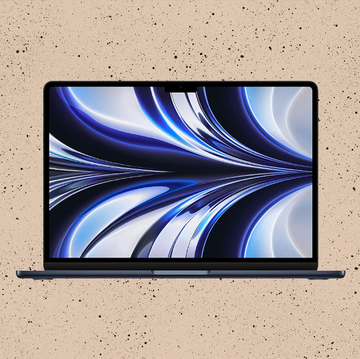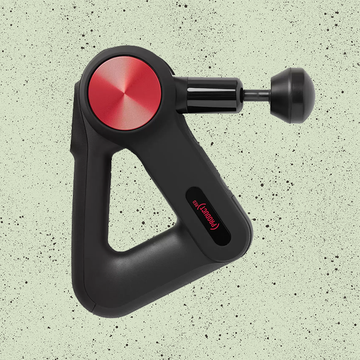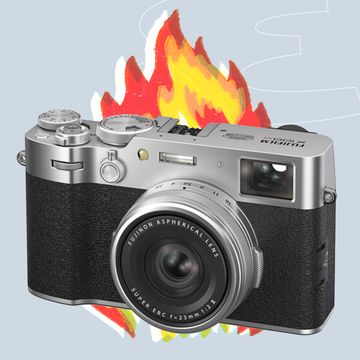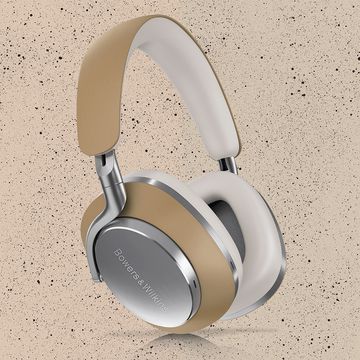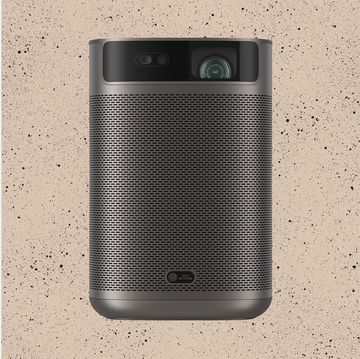Rumours of a Ferrari SUV have been doing the rounds for years. You didn’t need to be a marketing guru to know that any such car with a prancing horse logo on its bonnet would sell like ricotta hotcakes. And after all, the other big players in luxury motoring — Porsche, Bentley, Rolls-Royce, Lamborghini et al — were all doing it. But the word coming out of Ferrari HQ was that SUVs were trucks. And Ferrari doesn’t make trucks.
As Cayennes and Bentaygas filled up underground car parks from Beijing to Buenos Aires, Ferrari continued to dig its Pirellis into the Tarmac. The marque from Maranello has always played on its status as something of an outlier, with a 76-year history of being highly protective of its fabled sporting roots. The shadow cast by its formidable founder Enzo is long.
In February, in the Dolomites, Ferrari launched the Purosangue — the first-ever four-door, four-seat Ferrari, with decent and expandable boot space, which looks every inch the muscular and oversized Ferrari we might have imagined. Walking around the car, the obvious question is, why now?
One story goes that the penny only dropped when, upon visiting its VIP customers, Ferrari execs would look inside their garages and see four or five Ferraris plus a Bentley Bentayga or Range Rover parked a little sheepishly at the end. “You made me do that,” the owners would tell them.
Watching other brands enjoy soaring sales can’t have been easy. Old rival Lamborghini has handed over the keys to approaching 25,000 of its Urus since 2018. But the official reason Ferrari is launching the Purosangue now is technological. Only now, it says, is Ferrari in a position to produce a car this big that still drives like a Ferrari. Oh, and the Purosangue isn’t a SUV anyway.
“I abhor hearing the word SUV in the same sentence as Ferrari,” said then-CEO Louis Camilleri at the first announcement of the model back in 2018. For Ferrari, this car is just an evolution of a 2+2 tradition that goes back to the 250 GT/E and more recently the FF and GTC4Lusso, with which it certainly shares a resemblance. Whatever you want to call the Purosangue, it takes about three seconds in its company to understand its appeal. Even at a base price of £313,000, the waiting list is already 12 months.
It is lower than you might expect, curvy in all the right places and its tapered — almost sawn-off — rear end avoids the bulky and blocky look of some of its rivals. Unusually for cars of this size, it may well be its best angle.
It’s less immediately an SUV as we know them and more a GT car that has been weaned on creatine and power shakes. You can see Ferrari’s point about why the distinction matters.
The welcome doors — rear doors that open from back to front creating a “come inside" symmetry with the front doors when both are ajar — are an immediate eye-catcher, having been added to maximise space in the back as well as to give a dramatic flourish.
Style points achieved, then, but the brief was also to make this the quickest, most dynamic car in the segment, and the decision that Ferrari says makes this model stand out was to use a supercar layout, with the engine mid-front mounted and the gearbox at the back (between the two rear seats, explaining why there isn’t room for a fifth passenger). The same aerodynamic rigour as in any new Ferrari was applied, and in came a brand new chassis, four-wheel independent steering, a novel active-suspension system to minimise body roll in corners and a carbon-fibre roof to reduce weight and bring the centre of gravity down.
A new 712hp V12 engine is the only available option as of now — another power move, in every sense. It helps achieve a number of Top-Trump stats, including a 0–62mph time of 3.3 seconds and a reported top speed of 193mph.
Yes, it makes the kind of noise that turns every mountain tunnel into an opportunity to wind down the window just to hear the echo but, allowances aside, an MPG number in the early teens feels a little like drawing the curtains while the climate emergency plays out in the garden. A hybrid will surely come down the line.
At the wheel, the stance and steering set-up are familiar; the excitement of taking off in a new Ferrari is undiluted. You’re higher, of course, but not dramatically so. Naturally it’s different, and the weight and size take a little adjusting to. Driving gingerly through thick fog on narrow mountain roads with the Dolomites plunging down beside you isn’t the ideal induction but, once out of the clouds, the car’s personality shows itself.
Keep the revs high and it can be thrown around corners the way many customers will no doubt be hoping for, but equally it cruises comfortably in the manner a GT car should, if a little less urgently than you expect when you want a quick burst out of nowhere.
All four seats are buckets and, after 20 minutes in the back, the rear experience is pretty comfortable, with decent legroom, enough headroom and plenty of nooks and crannies for the inevitable road-trip detritus. It strikes a good balance between feeling luxurious but also usable.
The main psychological adjustment for Ferrari owners will be that there are now people in the back asking how much longer it’s going to take. It might have been nice to have the option of distracting them with some rear-seat TVs. After all, in this kind of car, at this kind of price, expectations for interior gadgetry are high. Here, the heads-up display and numerous steering-wheel controls probably take more getting used to than a single-day circuit around Pinzolo allows.
The front-passenger touchscreen seems primarily for taking charge of the music, but feels a little clunky for our current tech-patience levels. The Burmester 3D surround-sound system is the interior gold-star winner, offering targeted “VIP” sound settings for each of the four seats.
Details aside, in the desirability stakes the Purosangue is a hard one to match. Right now, it’s probably the most-prized sighting of any car on the road, as indicated by the number of camera phones that emerge from the salopettes of skiers as we drive past. Given the faff involved in removing ski gloves, the public has spoken. As more cars hit the road, it will be interesting to see how frequently Purosangues will be spotted in the wild. With this in mind, Ferrari is currently capping how many are made at 20 per cent of its overall production. That’s around 3,000 cars a year. It understands the value in ensuring such sightings remain special, though time will tell if that’s easier said than done.
